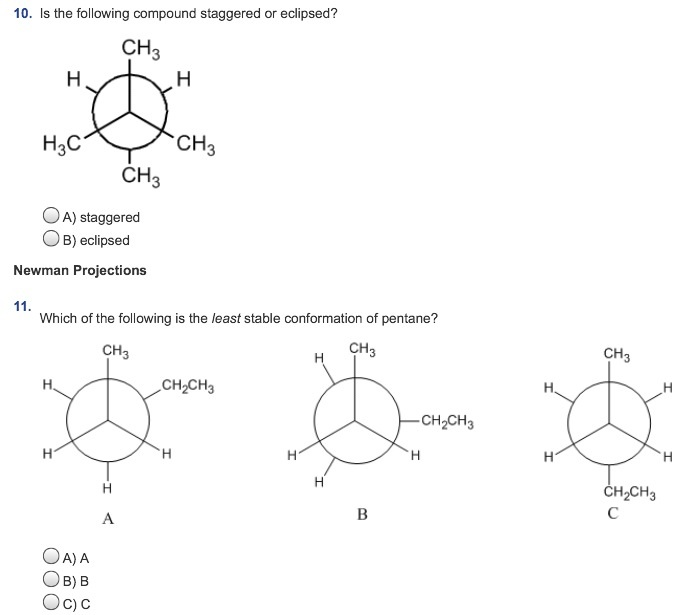

And the organic carbon chain structure is formed on the outside, so that the colloidal particles are converted from polar to non-polar particles, and can stably present in the organic toluene solution. The surface modification of colloidal gold particles is to form a monomolecular film of mercaptan on the surface of the cluster of gold particles, in which sulfur and gold form Au-S bond on the surface. One of the solutions is to conduct surface modification of gold particles.

Colloidal gold colloidal aqueous solutions are very stable, but gold nanoparticles are not soluble in organic solvents. The use of mercaptans to modify the surface of gold nanoparticles greatly improves the stability of the material, thus giving corresponding basic and great opportunities to applied research. Modification of a pre-prepared silver nanoparticle with a mixed thiol feedstock. Moreover, the choice of the organosulfur ligand and the variation of its concentration are associated with control of the particle size.įigure 1. The first is the growth of the particles leading to a reduction of the total surface until the coordination of the ligands to the surface atoms of the clusters becomes more favorable and stops further growth. In this case, two processes compete with each other. The second approach is that the organosulfur-capped nanoparticle can be synthesized in a one-step process, during which the metal precursor and the protective ligand are reacted simultaneously. First, the sulfur compounds can be grafted on the surface of pre-synthesized nanoparticles covered by solvent molecules which are thus replaced by the sulfur-containing ligands (Figure 1). There are two approaches to prepare thiol- or disulfide-capped nanoparticles. When the thiol function is oxidized to sulfate or sulfonate, the interaction with gold will decrease. For instance, the chemisorption energy between gold and sulfur is about 126 kJ/mol. The meta-sulfur interaction is strong enough to immobilize the thiol groups on the surface of metal nanoparticles. Sulfur shows a huge affinity to metal surfaces, and therefore organosulfur compounds will adsorb spontaneously. As one of the more developed methods, organosulfur compounds are usually used for modifying noble metal nanoparticles because organosulfur groups can strongly coordinate to various metals including Ag, Cu, Pt, Hg, Fe, and Au. Many mercaptans have a strong odor similar to garlic or rotten eggs. The -SH functional group itself is referred to a thiol group. 18.A thiol is an organic sulfur compound having the R-SH structural form wherein R represents an alkyl group or other organic substituents.


 0 kommentar(er)
0 kommentar(er)
